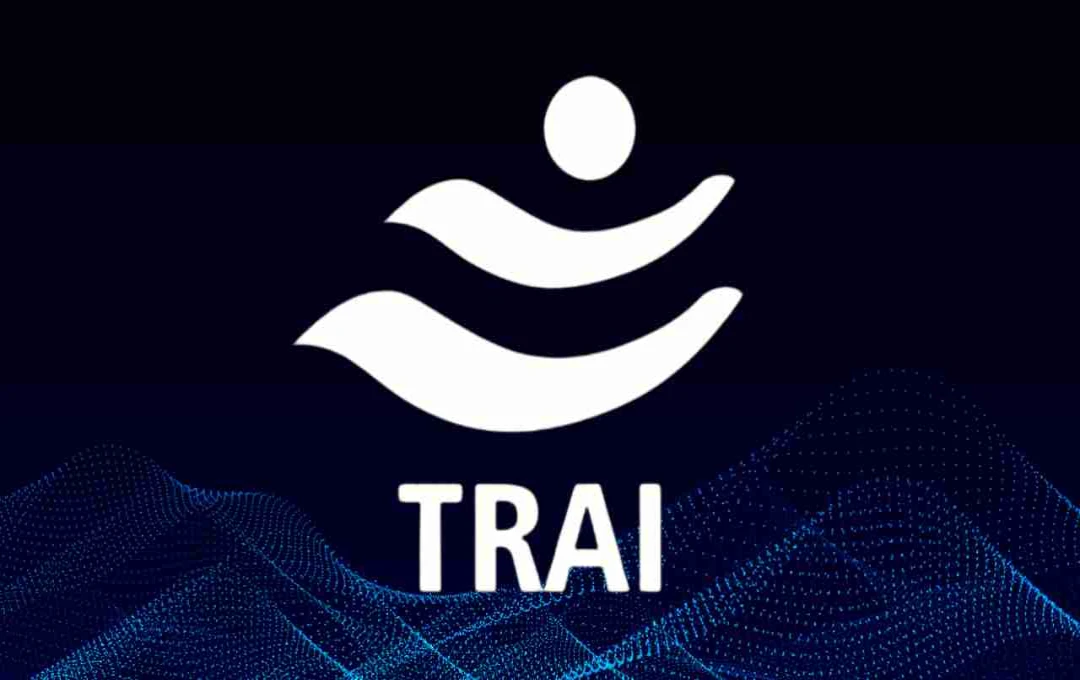In today's digital age, mobile phones have become an integral part of our lives. From banking and online shopping to government schemes, information is now readily available via SMS. However, have you ever noticed the letters S, P, G, or T at the end of some sender IDs? These aren't just random characters; they're a crucial security feature designed to help you avoid scams.
TRAI's Initiative Simplifies SMS Identification
The Telecom Regulatory Authority of India (TRAI) implemented a regulation in 2010 aimed at protecting mobile users from spam and fraud. Under this regulation, all companies and organizations must register with TRAI before sending SMS messages.
In this TRAI-defined system, SMS senders are assigned a sender ID with a suffix of S, P, G, or T. These letters represent the message category, indicating the type of SMS received.
What do the S, P, G, and T suffixes in SMS mean?
Let's understand the meaning of these four letters:

S - Service Message: An 'S' at the end of a sender ID indicates a service-related message.
Examples: Banks, telecom companies, insurance firms, etc.
Content: Balance alerts, plan renewals, offer details, etc.
Action: These messages are generally safe, but avoid suspicious links.
P - Promotional Message: 'P' signifies a promotional SMS.
Examples: Offers from shopping sites, marketing agencies, etc.
Content: Discount offers, new product launches, call-to-action for registration.
Action: Ignore such messages if you have no association with the company.
G - Government Message: An 'G' indicates a message from a government agency.
Examples: Government schemes, Aadhaar updates, COVID vaccination information.
Content: Official notifications, warnings, or instructions.
Action: Take such messages seriously; however, cross-check information on the official website before clicking any links.
T - Transactional Message: 'T' signifies an SMS related to a transaction.
Examples: ATM transactions, online payments, password OTPs.
Content: Balance deductions, UPI payments, login OTPs.
Action: These are crucial messages, but be wary of fraudulent OTP messages.
How can these codes help prevent scams?
The key benefit of TRAI's code system is its ability to help you easily identify genuine and fraudulent messages. If you receive an offer SMS from an unknown number without an 'S', 'P', 'G', or 'T' code, it's potentially a scam.

Similarly, if you receive a bank or payment-related OTP message lacking a 'T' code, be cautious, as it might be an attempt at fraud.
Key Considerations:
- Ignore SMS messages without codes.
- Never click on suspicious links.
- Do not share your bank details, OTPs, or passwords with anyone.
- If a message is confusing, verify information on the official website of the concerned organization.
- Consider installing a basic SMS spam detector app on your phone.
Why is Awareness Crucial?
Cyber fraud is rampant today. Scammers send fake messages posing as banks or government agencies to steal money or information. Understanding the meaning of TRAI's SMS codes (S, P, G, and T) allows you to easily distinguish between genuine and fraudulent messages.
It's vital to understand this information and stay vigilant. Share this knowledge with your elders, children, and those less tech-savvy to help protect them from fraud.
TRAI's 'S', 'P', 'G', and 'T' codes help determine the authenticity of SMS messages. Accurate knowledge of these codes helps protect against spam and fraud. Recognizing these indicators and exercising caution is crucial for staying secure in the digital world.














